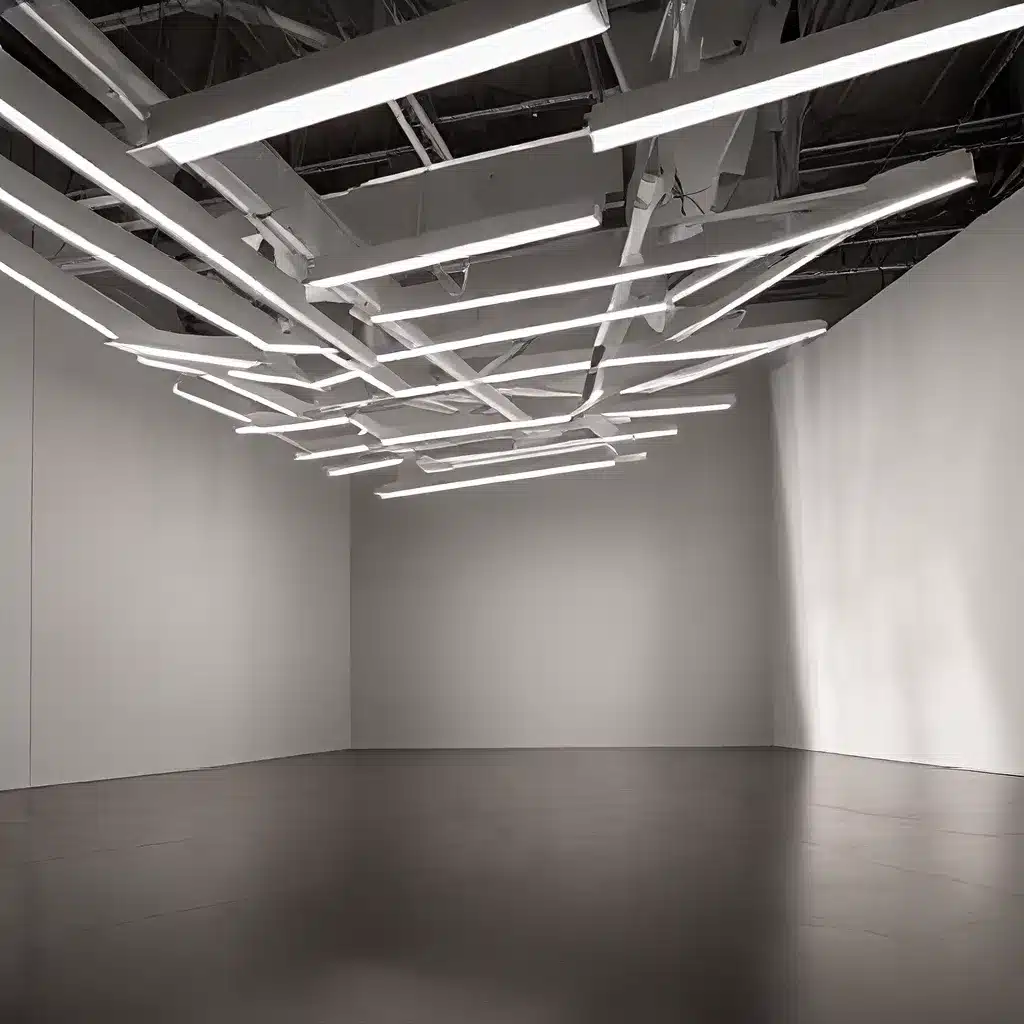
In the realm of interior design, lighting is an essential element that often goes underappreciated. However, when executed with intention, lighting can elevate every aspect of a space, from the architectural details to the decor and furnishings. By mastering the art of multilayered lighting configurations, homeowners and design enthusiasts can create inviting, functional, and visually stunning interiors that cater to their unique needs and aesthetic preferences.
The Power of Layered Lighting
Effective lighting design is not a one-size-fits-all solution. Instead, it’s a carefully curated symphony of different lighting types that work in harmony to illuminate a space. The key to achieving this balance lies in understanding the four primary layers of lighting: task, accent, ambient, and natural.
Task lighting is the workhorse of the lighting scheme, providing focused illumination for specific activities, such as food preparation, reading, or detailed work. Strategically placed pendants, recessed fixtures, and undercabinet lights ensure that essential tasks are performed with optimal visibility and comfort.
Accent lighting, on the other hand, adds depth and dimension to a space, quietly enhancing the ambiance. Sconces, uplights, and in-cabinet lights highlight architectural features, artwork, or decorative elements, adding character and visual interest to the overall design.
Ambient lighting is the base layer that sets the overall tone, offering a gentle radiance throughout the room. Chandeliers, torchieres, and recessed fixtures create a soft, inviting glow, complementing the room’s design scheme and creating a comfortable atmosphere.
Finally, natural lighting is a valuable asset that should be carefully integrated into the lighting plan. Strategically placed windows, French doors, and skylights can maximize the influx of sunlight, providing a bright, cheerful setting for daily activities.
Striking the Perfect Balance
Achieving the optimal balance between these lighting layers is crucial for a successful design. It’s not just about choosing the right fixtures; it’s about understanding how they work together to create a cohesive and functional space.
When planning a lighting scheme, consider the size and scale of the room, as well as the overall design style. In a small kitchen, for example, a few properly proportioned pendants over an island can make a stunning statement, while in a larger space, a combination of recessed and track lighting can provide the necessary illumination.
Ensure that the fixtures complement each other and flow seamlessly throughout the home. Lighting in an open-concept kitchen should work in harmony with the adjacent living areas, creating a visually unified and cohesive environment.
Don’t be afraid to experiment with unique styles and finishes. Mixing and matching pendant shapes, sconce designs, and chandelier silhouettes can add personality and interest to a space. By embracing a blend of traditional, contemporary, and eclectic elements, you can cultivate a one-of-a-kind aesthetic that reflects your personal style.
Elevating the Details
While the larger lighting fixtures often take center stage, it’s the smaller, often overlooked details that can make a significant impact on the overall design. Undercabinet lights, for instance, are a game-changer for kitchen task lighting, illuminating countertops and highlighting custom cabinetry and backsplashes.
Similarly, toe kick lights not only provide ambient illumination but can also serve as a subtle night light, elevating the look and feel of the space. Strategically placed sconces, uplights, and recessed fixtures can draw attention to architectural features or artwork, creating focal points and enhancing the overall aesthetic.
The integration of smart lighting technology further elevates the functionality and versatility of a lighting scheme. Programmable switches, dimmers, and voice commands allow homeowners to effortlessly control the ambiance, saving energy and adding an extra layer of convenience to their everyday lives.
Bringing It All Together
Crafting a well-designed lighting plan is a nuanced and collaborative process. It requires a deep understanding of the space, the homeowner’s needs, and the latest design trends. Working with a professional interior designer or a design-build contractor can be invaluable, as they can offer expert guidance and ensure that the end result is both visually stunning and highly functional.
At Urban Grace Interiors, our team of experienced designers specializes in creating personalized, luxury-infused spaces that cater to the unique needs and aspirations of our clients. By combining our expertise in lighting design, space planning, and material selection, we help homeowners transform their living spaces into exceptional havens that seamlessly blend form and function.
Whether you’re embarking on a kitchen remodel, a whole-home renovation, or simply seeking to refresh your existing decor, the power of thoughtful, multilayered lighting cannot be overstated. By mastering the art of luminous layering, you can elevate the ambiance, functionality, and overall aesthetic of your home, creating an inviting and visually stunning environment that you’ll love for years to come.

